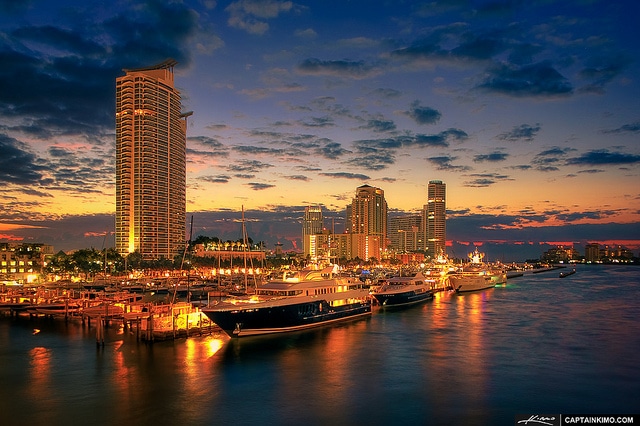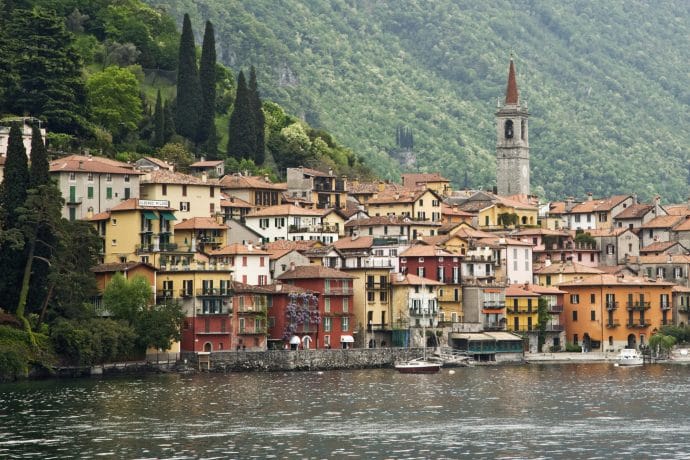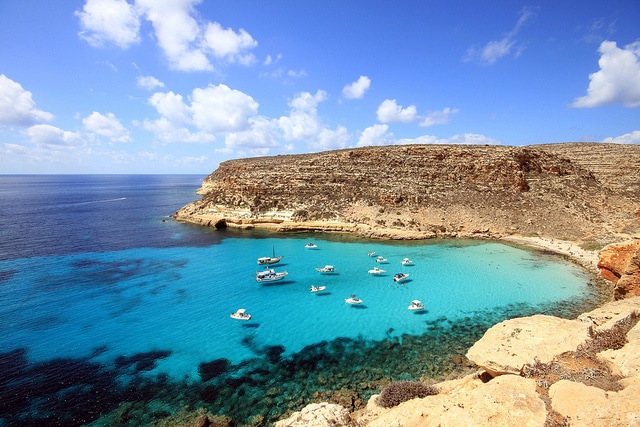500,000 residents. 112 km² of land. And an astronomical number of visitors: 60 million tourists a year.
What makes such a compact city attract so many people? It might seem like a difficult question at first, but ask any Scouser and the answer rolls straight off the tongue: Liverpool is different.
More than just a welcoming city with some of the friendliest people you’ll ever meet, Liverpool is a melting pot of history, culture, religion, football, and pride. It’s not famous around the world because of one or two monuments, historic sites, or events; it’s known for its distinct identity.
Keep reading to find out the best things to do in Liverpool.
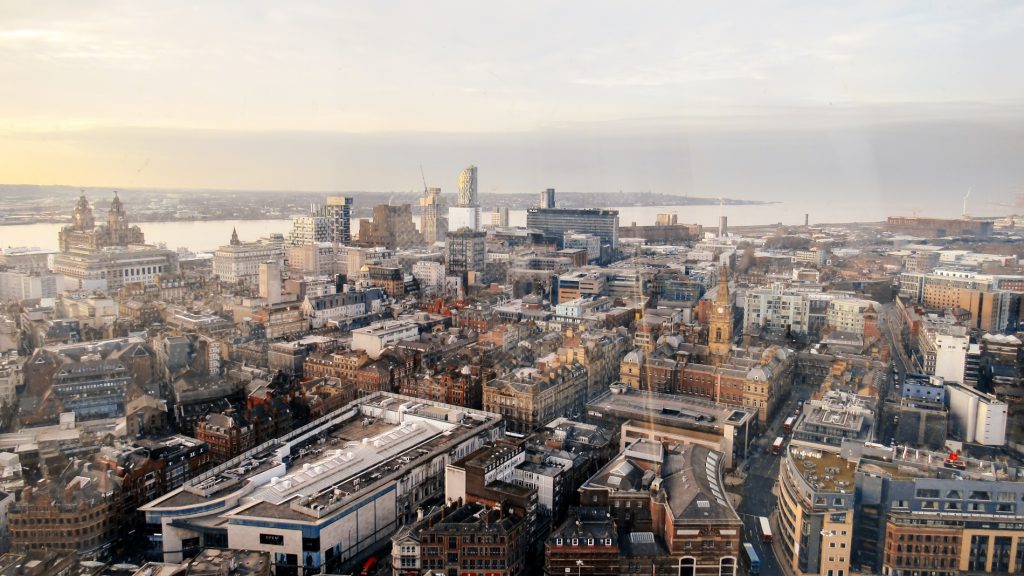
It Starts with The Beatles
Let’s be honest, you knew The Beatles were coming. You can’t walk five minutes in Liverpool without seeing a mural, hearing a lyric, or passing a place where “John once had a pint.”
But here’s the thing. In Liverpool, the Beatles aren’t just icons. They’re family. They’re the city’s proudest story, told a thousand different ways by cab drivers, bartenders, and buskers outside Mathew Street. Everyone’s got a Beatles tale, and most of them are true. Maybe.
Visit the Cavern Club, and you’re standing in the spot where it all kicked off. Head to Penny Lane or Strawberry Field, and you’ll find that these songs are not abstract stories made up to entertain. They are real places, soaked in nostalgia and Scouse charm.
But Liverpool’s music scene didn’t begin and end with the Fab Four. This is a city that keeps producing sound after sound, band after band. From the Merseybeat revolution to the DIY gigs in the Baltic Triangle, the music here still comes with heart, soul, and zero pretence.
In this city, creativity isn’t curated. It’s lived. The best way to make the most of it is by boarding a Beatles tour in Liverpool and seeing everything first-hand.
Faith at Either End of Hope Street
Liverpool wears its faith openly. And nowhere is that more striking than on Hope Street, where two cathedrals face each other like old friends with different stories to tell.
At one end, the Anglican Cathedral: vast, gothic, and solemn. It’s the kind of building that makes you feel small in the best possible way. Climb to the top and you’ll get one of the best views in the city, all stone towers and seagull-dodging winds. Down below, the silence feels sacred, the kind you don’t get much of in modern life.
At the other end, the Catholic Metropolitan Cathedral, known to locals, affectionately and irreverently, as Paddy’s Wigwam. It’s bold, modern, and unlike any cathedral you’ve ever seen. A circular sanctuary wrapped in stained glass, it reflects the city’s strong Irish Catholic roots, brought over by thousands who crossed the sea in search of work and hope.
The best time to visit the Catholic Metropolitan Cathedral is late morning to early afternoon on a bright day, ideally between 10:30am and 2pm.
That’s when the natural light is strongest and highest in the sky, flooding through the lantern tower’s coloured panels and casting vivid blues, reds, and purples into the central space. It creates a kaleidoscope effect that feels more like stepping inside a piece of modern art than a place of worship. Cloudy days dull the impact a bit, so if you’ve got flexibility, go when the sun’s out.
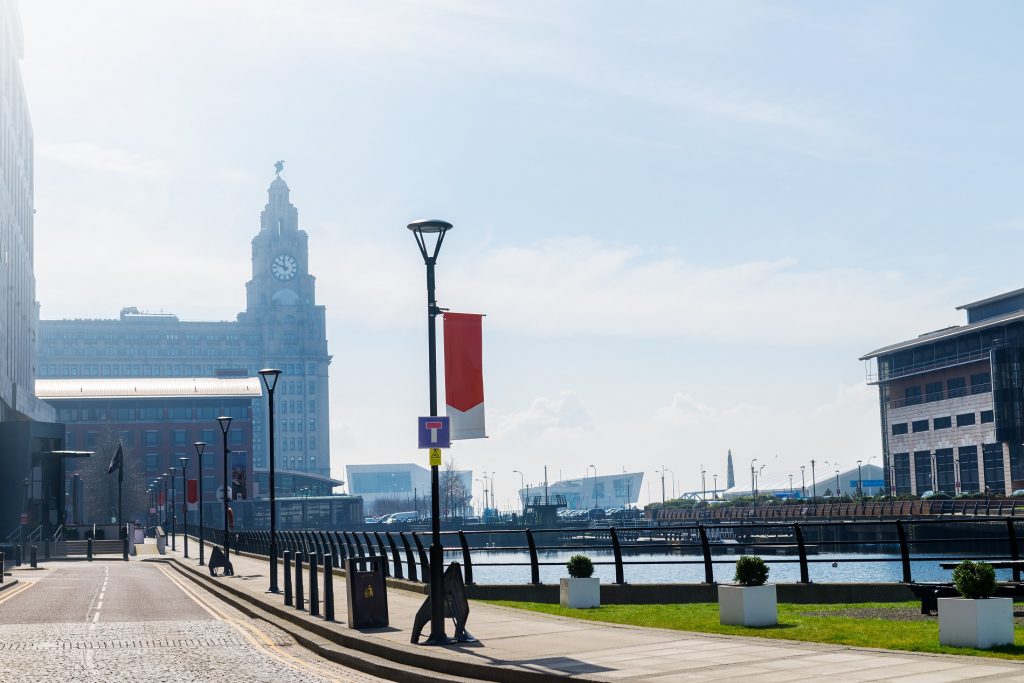
Football: The City’s Other Religion
In Liverpool, football is something you feel in your chest. It’s the street falling silent when a penalty’s about to be taken. It’s the neighbour you haven’t spoken to in years giving you a hug after a last-minute winner. It’s red or blue, lifelong and non-negotiable.
Anfield and Goodison Park (Everton’s former stadium, recently replaced by a modern arena on the waterfront) sit less than a mile apart, but don’t let the proximity fool you. The rivalry between Liverpool and Everton runs deep. Families are split, friendships tested, and Mondays at work can feel very long depending on the weekend result. But even with the banter (and there’s plenty), there’s respect. Because everyone understands what the clubs mean to this place.
And football here has always been about more than trophies. The Hillsborough disaster isn’t just part of Liverpool’s history, it’s part of its soul. The city’s tireless fight for justice showed the world what solidarity looks like. You’ll see it on murals, hear it in chants, and feel it in the silence before kick-off.
If possible, come on a matchday. It doesn’t matter which team. You’ll see what it means.
Proud, Loud and Unapologetically Scouse
There’s something about Liverpool that just doesn’t care what anyone thinks, and that’s exactly what makes it brilliant.
This is a city that’s been knocked down more times than it deserved, written off by governments, laughed at by tabloids. And still gets back up with a grin and a one-liner. Scousers don’t do self-pity. They do wit, defiance, and a sense of humour sharp enough to draw blood.
You’ll hear it in the accent, bold and musical, full of mischief and heart. You’ll feel it in the welcome, from the woman at the chippy who calls you “love” like she means it, to the stranger who’ll hold the door, tell you your bag’s open, and then ask if you’re going to the match.
There’s pride here. In the past, yes (the music, the dockers, the fight for justice), but also in what the city is now. A place of indie shops, murals, art collectives, queer cabaret nights, fierce activism, and proper community.
Some cities impress you with money. Others with polish. Liverpool wins you over with soul.








